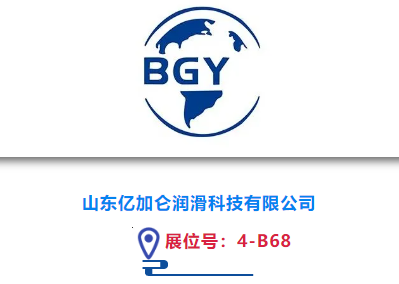
Honeywell has formally issued an appeal to the US Supreme Court for a review of a lower court ruling that last year reversed an Environmental Protection Agency (EPA) stance to brand use of hydrofluorocarbons (HFCs) as ‘unacceptable’.
The case refers to the Significant New Alternatives Policy (SNAP), which directed the EPA to replace ozone-depleting substances with safer alternatives.
In a joint submission with manufacturer Chemours, the two companies are seeking to overturn a decision by the DC Circuit Court of Appeals that required the EPA to revise its ruling that required the use of the safest available alternatives to ozone-depleting substances in cooling.
Honeywell said that the appeal process was complex and uncertain, but was an important case as a time when other nations were looking to move away from higher GWP gas through initiatives such as the EU F-Gas regulation.
The company said it had therefore turned to the US’ apex court in response to a US Federal Appeals Court decision to refuse an en banc review of the issue with a larger number of judges.
The company said in a statement, “Despite agreeing with the EPA that replacement solutions such as hydrofluoro-olefins (HFOs) are safer than certain HFCs, the court ruled that ozone-depleting substances could only be replaced once, even if the replacements themselves are unsafe and new and safer substitutes are available.
“The decision ignores Congress’s intent in directing the EPA to replace ozone-depleting substances with the safest available alternatives.”
Honeywell has argued that initiatives such as SNAP had led to over $1bn om investment to bring alternative refrigerants to market such as HFOs. It said that the decision of the DC Circuit Court of Appeals had therefore undermined innovation within the US cooling industry.
In August last year, the DC Circuit Court of Appeals ruled in favour of refrigerant manufacturers Arkema and Mexichem in their argument that the EPA did not have the authority to regulate suitable replacements under Section 612 of the Clean Air Act.
As neither manufacturer had suitable substitutes commercially available to the HFCs, they argued the EPA’s original ruling was unfair to their business.






















